University Business Report: American Apparel and Vertical Integration
VerifiedAdded on 2020/04/21
|5
|735
|80
Report
AI Summary
This report provides an analysis of American Apparel's business management and strategic management, with a specific focus on its vertical integration strategy. The report explores how American Apparel, a fashion industry company, has implemented vertical integration, encompassing both forward and backward integration, to optimize its operations. It details the company's control over various stages of the supply chain, including manufacturing, distribution, and retail, highlighting the advantages such as increased efficiency, innovation, and reduced product development cycles. The report also acknowledges the disadvantages, such as significant capital investment and potential economic vulnerabilities. It identifies tangible factors, such as resources and stakeholders, and intangible factors, such as motivation and talent, that impact the success of vertical integration. The analysis draws on academic sources to support its findings, providing a comprehensive overview of American Apparel's strategic approach and its implications for the business.
1 out of 5
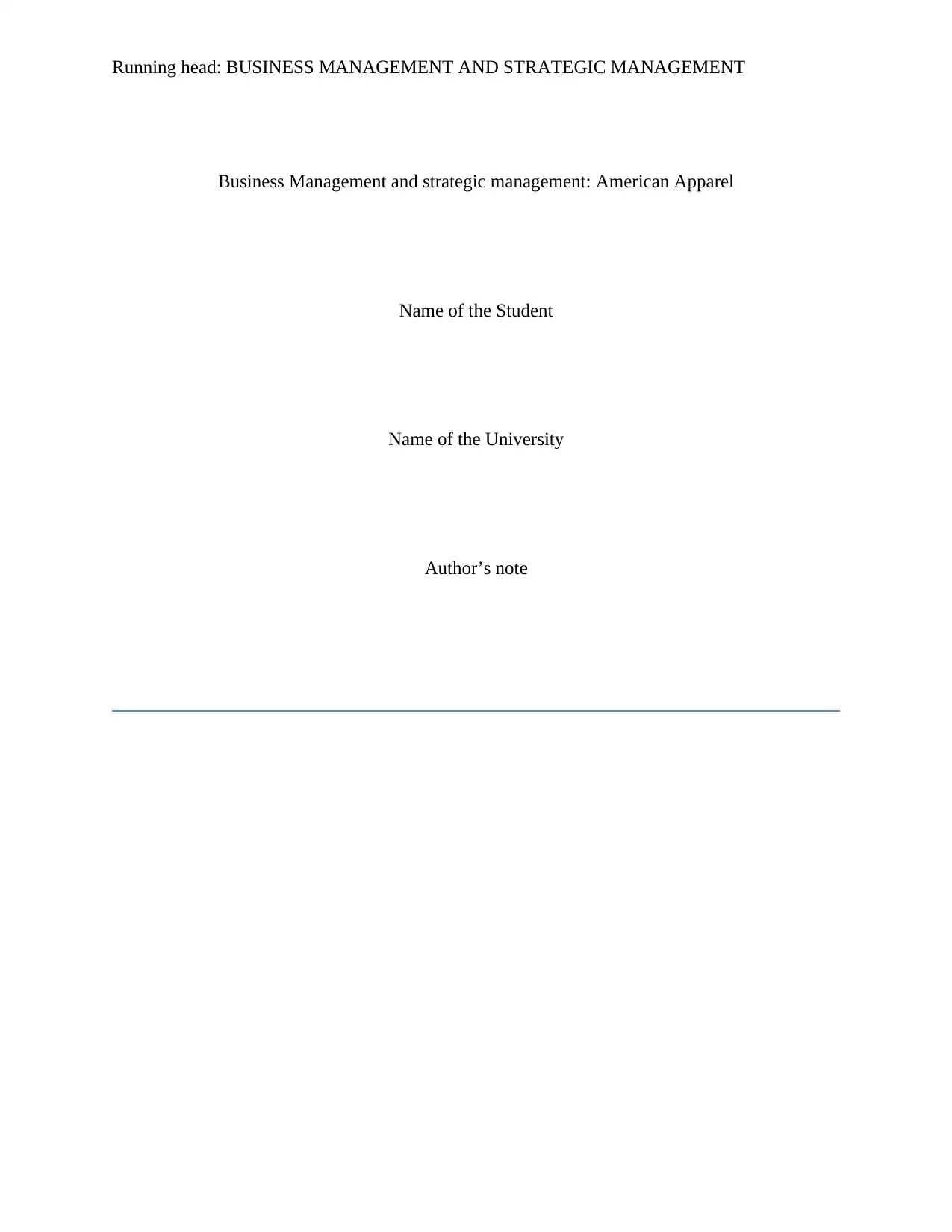
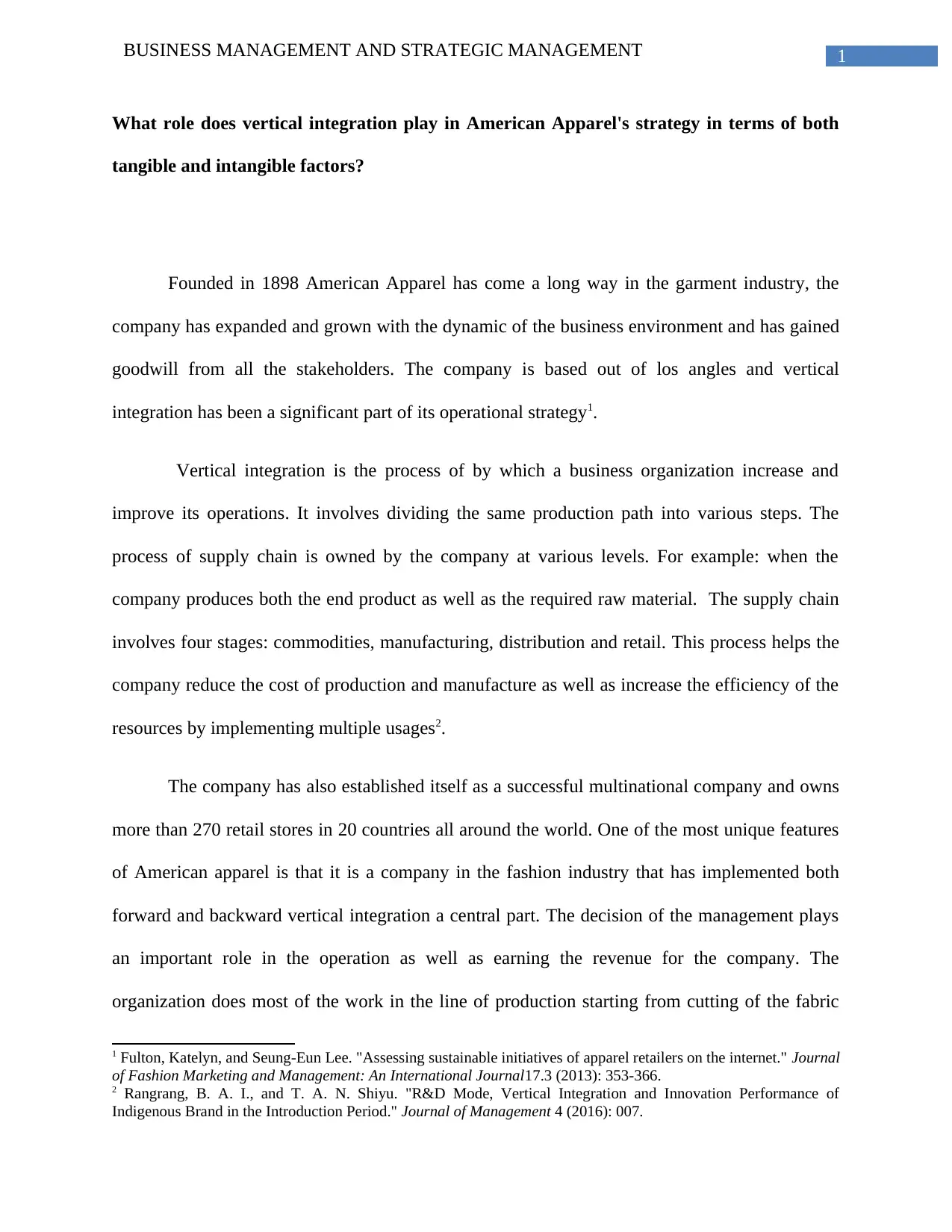
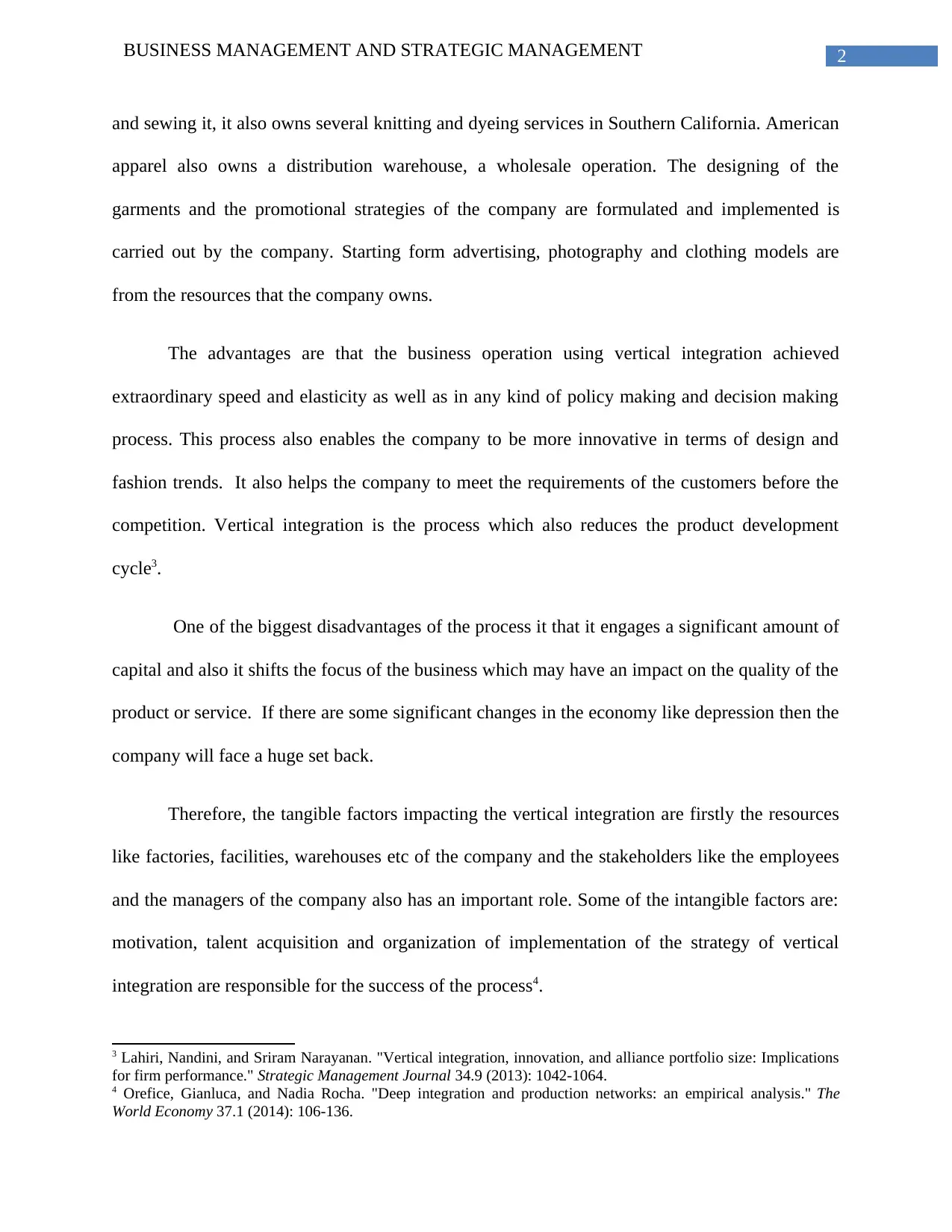

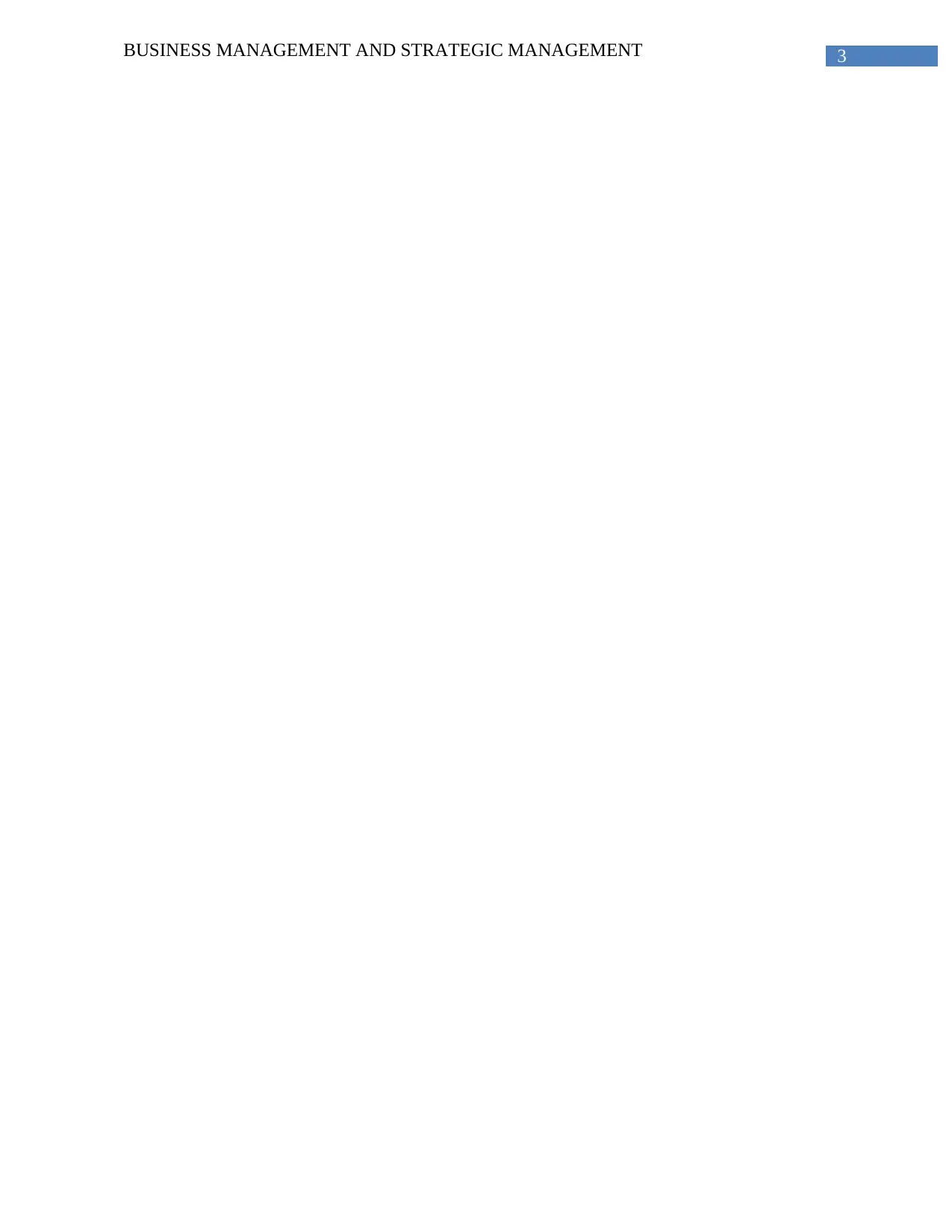
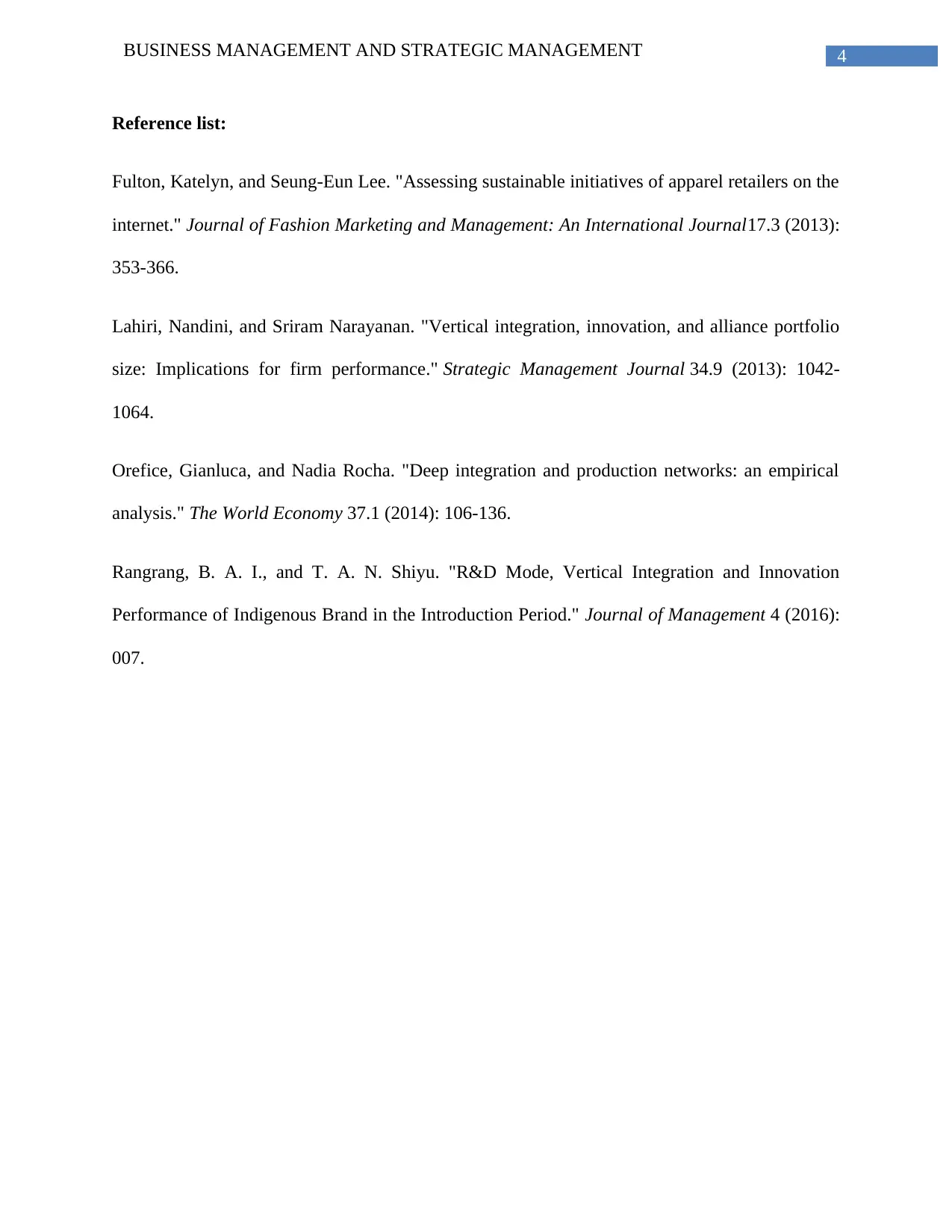






![[object Object]](/_next/static/media/star-bottom.7253800d.svg)